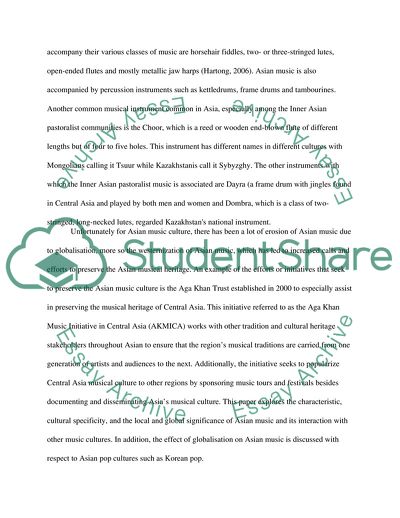Cite this document
(Asian Culture on Music Coursework Example | Topics and Well Written Essays - 2500 words, n.d.)
Asian Culture on Music Coursework Example | Topics and Well Written Essays - 2500 words. https://studentshare.org/music/1785877-asian-culture-on-music
Asian Culture on Music Coursework Example | Topics and Well Written Essays - 2500 words. https://studentshare.org/music/1785877-asian-culture-on-music
(Asian Culture on Music Coursework Example | Topics and Well Written Essays - 2500 Words)
Asian Culture on Music Coursework Example | Topics and Well Written Essays - 2500 Words. https://studentshare.org/music/1785877-asian-culture-on-music.
Asian Culture on Music Coursework Example | Topics and Well Written Essays - 2500 Words. https://studentshare.org/music/1785877-asian-culture-on-music.
“Asian Culture on Music Coursework Example | Topics and Well Written Essays - 2500 Words”. https://studentshare.org/music/1785877-asian-culture-on-music.


